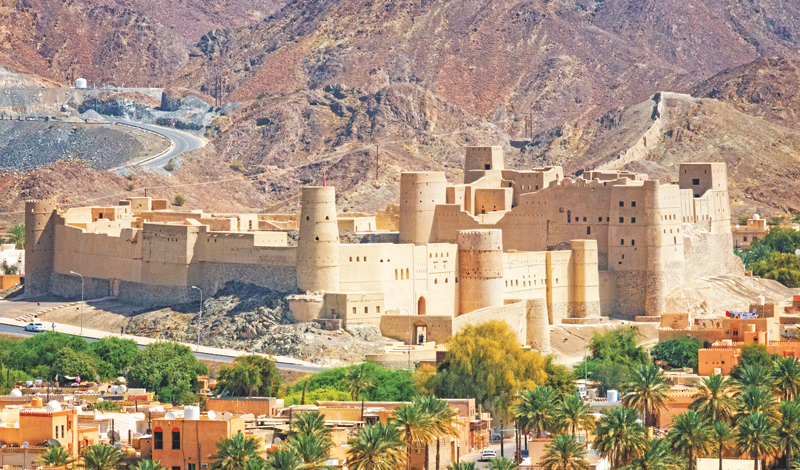Bahla has been an oasis in the Gulf of Oman desert since the medieval period. Standing as both a fort and settlement, it served as the capital for the Banu Nebhan tribe from the 12th to the 15th centuries. The walls and towers, along with the dwellings of the settlement, are built from unbaked brick with stone foundations. Water was cultivated through exploiting a system of underground channels and managing seasonal flows. The fortification architecture speaks to the influence of the ruling class, and the settlement’s decoratively carved doors, shelves and window screens reveal the rich craft tradition that once thrived there. The ruins remain an outstanding example of defensive architecture and water engineering that provided the fort’s early inhabitants security and prosperity.
—Prepared by the World Tribune staff
You are reading {{ meterCount }} of {{ meterMax }} free premium articles

